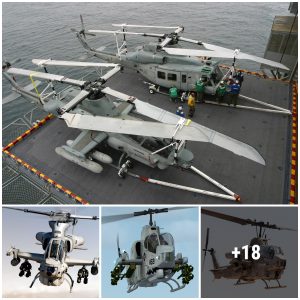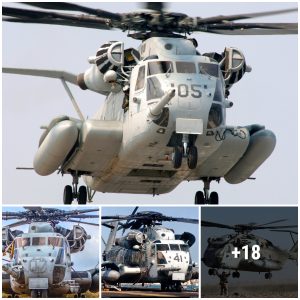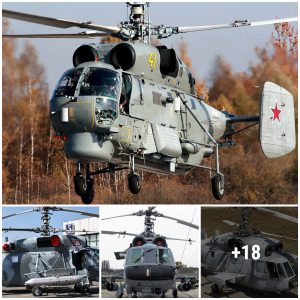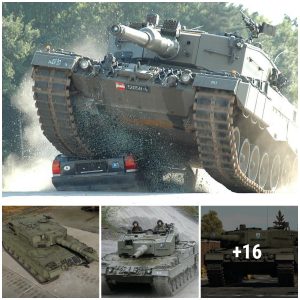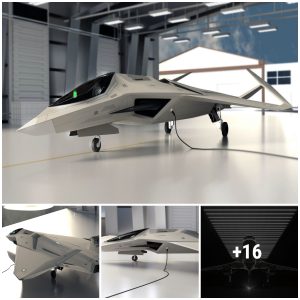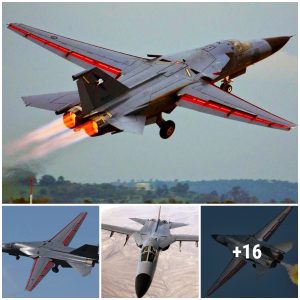The F-35 Lightning II has emerged as one of the world’s most advanced and capable combat aircraft. The fifth-generation F-35’s combination of stealth and performance allows it to serve as the world’s premier multi-role fighter, capable of effectively undertaking both air-to-air and air-to-ground missions. In addition to its combat capabilities, the F-35 is unique in its ability to enhance the capabilities of other platforms and weapon systems linked together with it by operating as a “quarterback” on the battlefield, using its ability to collect, process, and distribute data to distribute critical battlefield information to friendly forces in order to improve their situational awareness and decision making.
What also sets the F-35 apart is that the Lightning program has produced not one but three separate F-35 Lighting II variants, each designed to be operated in a different manner. This flexibility allows three different military services access to the F-35’s potent capabilities.
The F-35C is designed as the carrier-based version of the Lightning II, and represents the Navy’s first stealth fighter. The F-35C is unique among the three variants of the Lightning II in that it is currently not operated by any of the United States’ international partners or allies, but is instead exclusively operated by the U.S. Department of the Navy. The Navy plans to be the largest operator of the F-35C, though the United States Marine Corps is also procuring the aircraft to operate alongside its fleet of F-35Bs.
The F-35C shares a number of common characteristics with the other two F-35 variants, including the stealth capabilities, supersonic speeds, ability to carry weapons both internally and externally, and the state-of-the-art sensor, radar, and data link capabilities that define the F-35 platform.
There are, however, a number of differences between the F-35C and its counterpart variants related to its role as a carrier-based aircraft. In particular, the F-35C has the largest wingspan and the most robust landing gear of the three F-35 variants in order to facilitate its launching and recovery by aircraft carriers. The F-35C’s wingtips can also fold in as a space-saving measure while deployed on board aircraft carriers where space is at a premium.
The F-35C also boasts the largest internal fuel capacity of any F-35 variant, and is able to carry almost 20,000 pounds of fuel. This gives the F-35C a maximum range of more than 1,200 nautical miles, allowing it to fly farther and remain in a given airspace for longer before needing to refuel.
